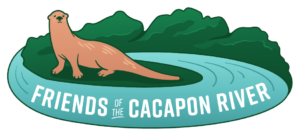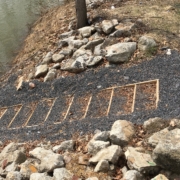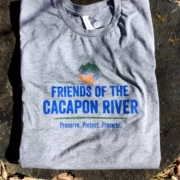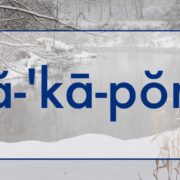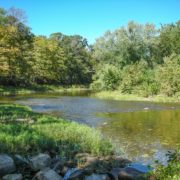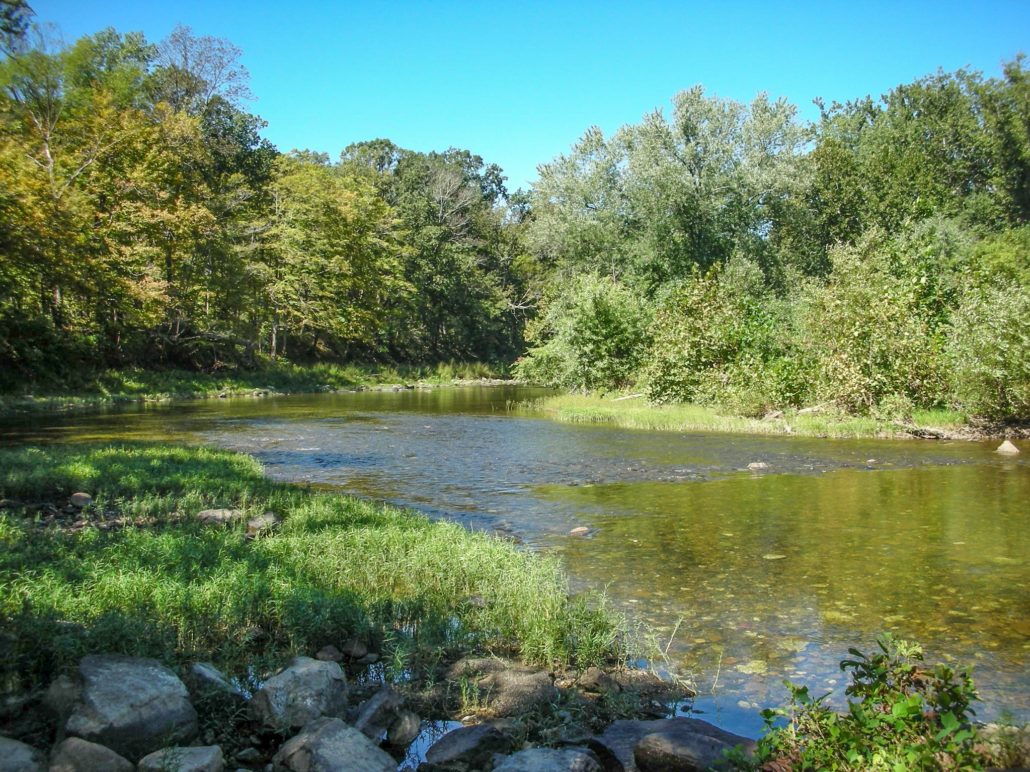No More Slippery Slope!
Every time we end a float trip at the public river access in Great Cacapon we start dreading dragging our kayaks and canoes up that steep, muddy hill long before our run is finished. Over the years, heavy rains and floods have severely eroded the dirt path down to the river, making getting out of the river extremely difficult—especially with the weak, giggly arms that start to set in after a long paddle!
To remedy this slippery situation, the Friends of the Cacapon River has partnered with the West Virginia Department of Natural Resources (DNR) to install wooden steps on the steep slope. This spring, these new steps will be inset into the ground and filled with gravel to improve traction. DNR has also purchased a “mud sprayer” to remove any mud that builds up on the steps after floods.
Now you can start planning your float trips without worrying about how you’re going to get your boat up that hill!
We love floating on the Cacapon River, and we know you do, too. That’s why we’re working hard this year to make getting on the river easier for our members and the community. If you have any information about other river access put-ins that need improvements, please let us know! Simply email us at [email protected].
